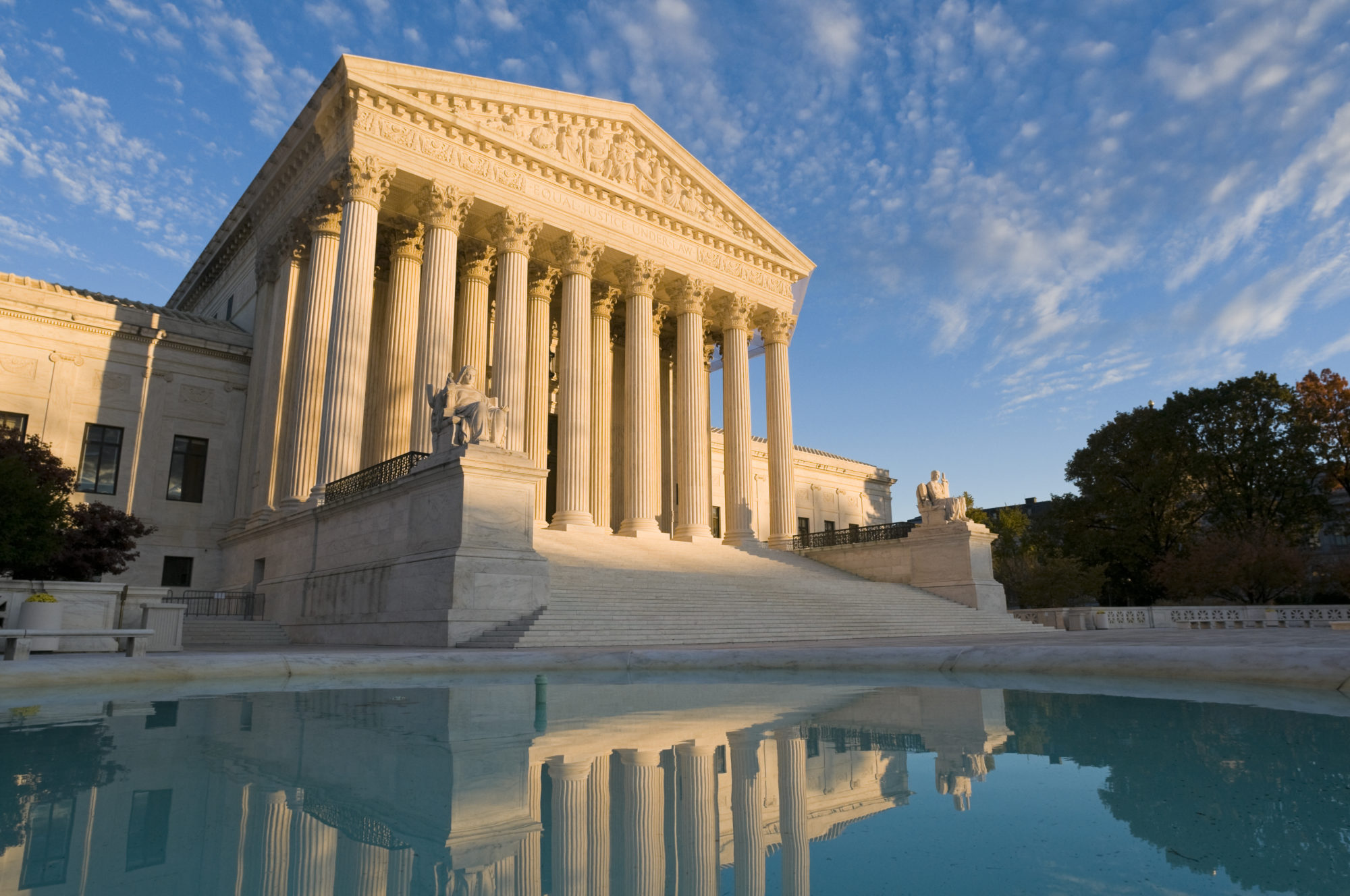“Against the assault of laughter, nothing can stand”
Justice Scalia is often celebrated for his humor, described as able to “crack up a room,” memorialized by President Obama as having “incisive wit,” and regularly labeled “the funniest justice” in a given Term. Yet, as Adam Liptak pointed out, what passes for humor at the Court “would probably not kill at the local comedy club.” This is true for all the justices, but especially Scalia, who regularly got laughs for scathing comments and sarcastic asides that are hard to credit as humorous. A few examples:
Justice Scalia: Wow. Wow, that’s — I mean, that’s my comment. (LAUGHTER.)
Justice Scalia: Oh, yeah, I’m sure that’s what they all had in mind. I had no doubt of that. [LAUGHTER]
Mr. Phillips: … We’re going to leave the status quo ante, which means before the contracting officers declared that there was a default under these circumstances.
Justice Scalia: It’s the “go away” principle of our jurisprudence, right? [LAUGHTER]
In our previous two posts, we showed that courtroom humor (i.e., the comments that inspire laughter) is a form of judicial advocacy, directed by the justices to those advocates they disfavor, and that humor is directed at the weak, with inexperienced advocates and those losing before the Court as a whole being the typical targets. In this post, we ask why that might be so.
Laughter is a blood sport in the culture wars
We surmise that humor at oral argument often takes this form because in the modern era the arguments have become a forum in the broader political war between highly ideologically polarized camps. Just as we showed that, starting in the mid-1990s, oral argument has mimicked changes in the political institutions toward extreme polarization, so too laughter, as a vehicle for judicial advocacy in the high-stakes fight for political dominance, follows that same tendency. Consequently, it is not surprising that the “blood sport” of humor at the Court often reflects the mean-spirited pursuit of domination that the Scalia examples above illustrate.
Our previous research suggests that the political polarization that began in the mid-1990s was reflected in the tendency of the justices to take on a greater advocacy and performative role during oral argument. Not only do the justices talk a lot more in the modern era, but they show a greater difference between how much they have to say to those the agree with (little) and those they disagree with (a lot). We call this the “disagreement gap.” In our new study we found that the same disagreement gap is also evident in the use of courtroom humor. We also found that the same differential exists for winners versus losers. The figures below illustrate the time-trend for both of these effects.


The first figure shows the disagreement gap in laughter over time. The bars below the zero line indicate more judicial laughter when the justice disagrees with the advocate (i.e., ultimately votes against). It is clear that starting in 1982, the gap was consistently below zero, except for the single 1985 Term—in every other year, the Court as a whole displayed this tendency. Since 1995, the beginning of the exceedingly polarized period of politics in the U.S., the effect has become considerably larger.
The second figure shows the results of the same analysis but looking at whether laughs occur during the time of the advocate who is losing more often than during the time of advocate to a winning— the former lies below the line for the Court overall, the latter above. Clearly, starting at the same time, 1982, but with a few more exceptions, and once again considerably increasing in scale after 1995, the Court tends overall to make jokes during the time of losing advocates, an effect that is both substantively and statistically significant after 1995.
The Court as a haven for vulnerable minorities?
Do the justices laugh more at losers because they are making fun of bad arguments? Perhaps, but it seems more likely that they are making fun of weak advocates for their weakness. This interpretation is supported by an additional slice of data: our study also shows that the justices make significantly more jokes at the expense of inexperienced advocates, and that this effect amplifies both the disagreement gap and the win-lose gap discussed above. The figure below shows the trend of judicial use of courtroom humor over time, by level of advocate experience.

As the solid blue region indicates, judicial laughter overall has massively increased in the modern era of the Court. The graph also shows that laughter at novice advocates, illustrated by the solid line, has always been higher than that for very experienced advocates, indicated by the dashed line; however, the disparity increased massively starting in the late 1980s, particularly after 1995, during the polarized political era. Given that inexperienced advocates are most likely to represent less powerful clients, such as prisoners, means that the justices’ jokes land most heavily on those representing the most vulnerable parties before the Court.
So we may laugh when the justices get laugh after laugh for variants of the popular “how would you like to lose” jest and other forms of humor based on superiority—Justice Scalia enjoyed the laughter in response to his “go away” joke above so much that he made it three times in the one argument. But we should know that we are really laughing at another manifestation of the political polarization that is dividing the nation.

You must be logged in to post a comment.